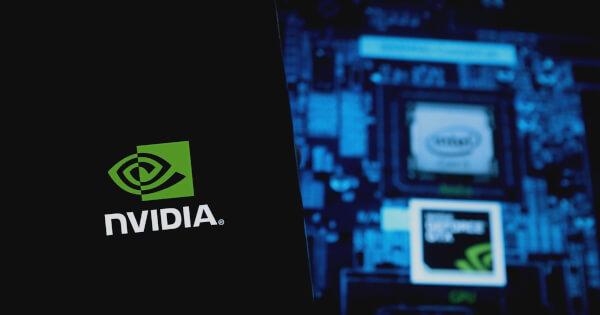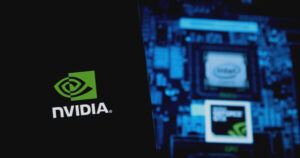Revolutionizing Medicine: How AI is Reshaping Robotic Surgery
Published on December 11, 2024 by Extreme Investor Network
In an era where technology is continually breaking boundaries, the medical field is experiencing a significant transformation. Researchers from the prestigious Johns Hopkins and Stanford Universities have made incredible strides in robotics and artificial intelligence (AI) by enabling robots to perform intricate surgical tasks autonomously. This innovation could mark a monumental shift in surgical procedures globally, offering hope for enhanced precision and improved patient outcomes.

The Intersection of AI and Surgical Precision
At the heart of this advancement lies an integrated vision-language model (VLM) that has been meticulously trained on a large repository of surgical video footage. By combining this innovative model with the renowned da Vinci robotic surgery system, researchers have empowered robots to undertake critical tasks such as tissue manipulation, needle handling, and suturing with minimal human intervention.
Traditionally, robotic surgical systems depended on meticulously programmed commands to execute movements. However, this groundbreaking approach employs imitation learning, wherein the robots learn by observing and mimicking actions performed in surgical videos. Ji Woong “Brian” Kim, a postdoctoral researcher at Johns Hopkins, highlights that this capability paves the way for an entirely new paradigm in robotic surgery, where machines can adapt and learn in real-time.
Technical Achievements in Robotic Surgery
The technical backbone of this revolutionary leap includes advanced hardware like NVIDIA GeForce RTX 4090 GPUs, and software built through frameworks such as PyTorch and CUDA-X libraries. These cutting-edge tools were instrumental in training the AI model, which was showcased at the esteemed Conference on Robot Learning in Munich. The da Vinci Surgical System, already a staple in laparoscopic surgeries, has emerged as the testing ground for this technological marvel.
To capture the depths of surgical procedures, researchers mounted miniature cameras on the robotic arms, amassing over 20 hours of detailed surgical footage. This treasure trove of data, rich with kinematic information, was critical for fine-tuning the vision-language model. In test runs conducted on animal flesh, the robots showcased nearly flawless performance, even adeptly overcoming unexpected obstacles without prior conditioning—exemplifying the power of autonomous learning.
Looking Ahead: The Future of Robotic Surgery
The implications of these findings extend beyond mere technical achievements. As researchers continue their trials, including experiments with animal cadavers and the expansion of training datasets, we inch closer to a reality where autonomous robotic surgeries could become the norm. This shift stands to not only increase surgical precision but also mitigate the risks associated with human errors in operating rooms—an issue of critical concern in modern medicine.
This revolutionary combination of AI and robotics is set to redefine surgical practices, with the promise of being more efficient and reliable than ever before. The journey has just begun, and as we at Extreme Investor Network watch these developments unfold, we remain committed to keeping you informed about the latest breakthroughs shaping the landscape of healthcare technology.
For more insights into the future of robotic surgery and updates on innovative medical technologies, stay tuned to our blog. Join us as we explore the intersection of AI, robotics, and healthcare, one groundbreaking discovery at a time.
For a deeper dive into this pioneering research, check out the comprehensive resources available on the NVIDIA blog.

